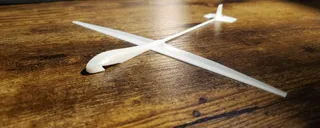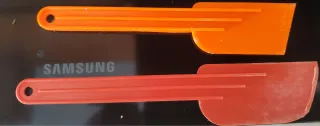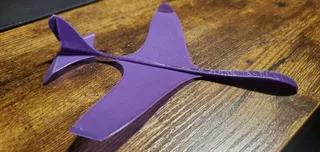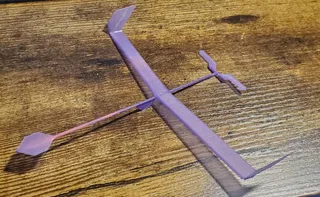Arduino PID seesaw: A ball balancing machine
Description
PDFA take on norwegiancreation's PID ball balancing seesaw using an Arduino.
Video of this working:
https://gyazo.com/a7e7b8c4ef73c828a3449bddea8c76b7
https://gyazo.com/194d471b278426e594c36b10ec67122b
https://gyazo.com/78c361639dc5b48876ff313b620b8ae2
Parts:
- Arduino UNO
- Mopei MG 996R or Hitec HS-422 Servo (most similar RC servos are fine)
- Sharp GP2Y0A41SK0F IR sensor (8-30cm) (analog output)
- 2x Samsung 30Q 18650 batteries (anything that can power the servo is fine)
- Standard 9v battery
- 10k potentiometer
- Perforated electrical board
- Ball bearing to balance or 3d print your own ball
- 2s 18650 battery case
- 9v → power barrel connector
- x14 3mm bolts/screws for attaching the parts
- x14 3mm nuts for attaching the parts
- x14 washers for attaching the parts
- Male XT30 plug (XT 60 or 90 would be better but I used XT30)
- Female XT30 plug (XT 60 or 90 would be better but I used XT30)
- 6x Jumper pins
- Spare wire for perf board
- 4x 3mm threaded hex standoff spacers
- Aluminium servo arm (or print your own)
- x5 rubber feet (these are not needed)
This is pretty simple to put together. This can be done with a breadboard to avoid soldering; using the perf board.
Here is the Arduino Code.
1 2 3 4 5 6 7 8 9 10 11 12 13 14 15 16 17 18 19 20 21 22 23 24 25 26 27 28 29 30 31 32 33 34 35 36 37 38 39 40 41 42 43 44 45 46 47 48 49 50 51 52 53 54 55 56 57 58 59 60 61 62 63 64 65 66 67 68 69 70 71 72 73 74 75 76 77 78 79 80 81 82 83 84 85 86 87 88 89 90 91 92 93 94 95 96 97 98 99 100 101 102 103 104 105 106 107 108 109 110 111 112 113 114 115 116 117 118 119 120 121 122 123 124 125 126 127 128 |
|
Original design I modified:
https://www.norwegiancreations.com/2016/08/pid-seesaw-part-1-the-design/
Tags
Model origin
The author marked this model as their own original creation.




